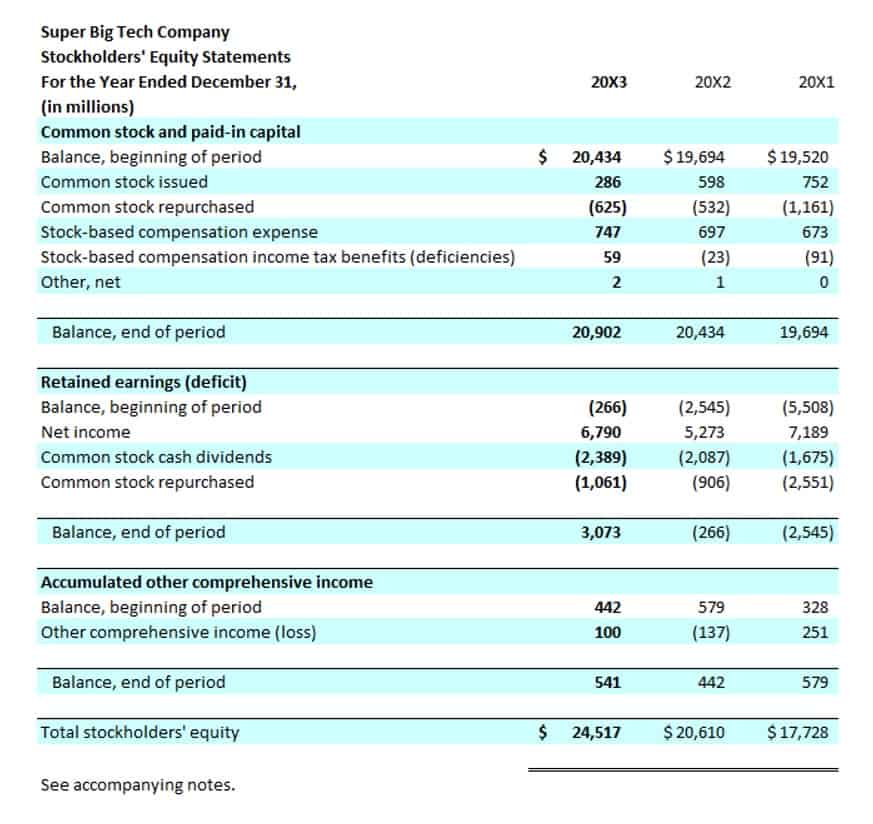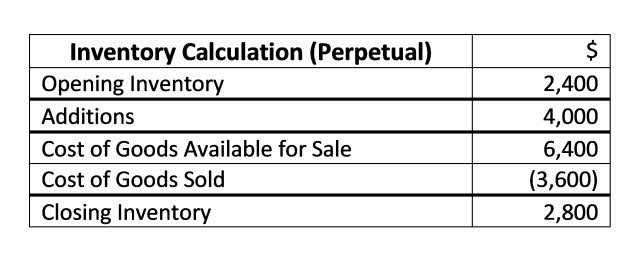
Stockholders’ equity is a financial indicator that reflects the value of the assets and liabilities on a company’s balance sheet. As referred above, stockholders’ equity can be calculated by taking the total assets of a company and subtracting liabilities. For example, if a company made $100 million in annual profits, but only paid out $10 million to shareholders, its retained earnings would be $90 million.

Contributors to Shareholders Equity
The $30,000 received from selling an investment also had a favorable effect on the corporation’s cash balance. Positive shareholder equity indicates that the company’s assets exceed its liabilities, whereas negative shareholder equity suggests that its liabilities exceed its assets. This is cause for concern because it marks the value of a company after investors and stockholders have been paid. Retained Earnings are profits from net income that are not distributed as dividends to shareholders. Instead, this amount is reinvested in the business for purposes such as funding working capital, purchasing inventory, debt servicing, etc. A report called ‘statement of retained earnings is maintained to present the changes in the retained earnings for the financial period.
- Shaun Conrad is a Certified Public Accountant and CPA exam expert with a passion for teaching.
- This is the date on which the list of all the shareholders who will receive the dividend is compiled.
- But if it’s negative, that means its debt and debt-like obligations outnumber its assets.
- As a result, the company’s shareholder equity is expected to be around $23 billion in 2021.
- In Note 6 to the financial statements on page 56, we see there were in fact four million shares (rounded) issued to employees as part of their non-cash compensation.
- In our modeling exercise, we’ll forecast the shareholders’ equity balance of a hypothetical company for fiscal years 2021 and 2022.
Positive vs. Negative Shareholders’ Equity
Dividend recapitalization—if a company’s shareholders’ equity remains negative and continues to trend downward, it is a sign that the company could soon face insolvency. It will reveal whether you didn’t make enough to sustain operations or whether you have enough equity in the business to get through a downturn. The statement of shareholder equity also shows whether you’re likely to get approved for a business loan, whether there’s value in selling the business and whether it makes sense for investors to contribute.
Table of Contents
But an important distinction is that the decline in equity value occurs due to the “book value of equity”, rather than the market value. A financial professional will offer guidance based on the information provided and offer a no-obligation call to better understand your situation. Our mission is to empower readers with the most factual and reliable financial information possible to help them make informed decisions for their individual statement of stockholders equity example needs. Our work has been directly cited by organizations including Entrepreneur, Business Insider, Investopedia, Forbes, CNBC, and many others. Our goal is to deliver the most understandable and comprehensive explanations of financial topics using simple writing complemented by helpful graphics and animation videos. At Finance Strategists, we partner with financial experts to ensure the accuracy of our financial content.

While this figure does include money that could be returned to the owners of the company, it also includes items like depreciation and amortization, which cannot be directly distributed to shareholders. One common misconception about stockholders’ equity is that it reflects cash resources available to the company. If the above situation occurs, https://www.bookstime.com/articles/what-is-another-name-for-a-bookkeeper stockholders’ equity would be negative and it would be difficult for the company to raise more capital. For example, if a company has assets of $15,000 and liabilities of $10,000, its stockholders’ equity would be $5,000. Paid-in capital also referred to as stockholders’ funds, is the amount of money that people have invested in a company.
Shareholders Equity Statement and Corporate Governance
As illustrated by this Home Depot statement, stockholders’ equity equals total paid-in capital plus retained earnings minus treasury stock. Retained earnings are calculated by first adding the beginning retained earnings (from the previous year’s balance sheet) to the net income or loss and subtracting dividends paid to shareholders. Here is an example of how to prepare a statement of stockholder’s equity from our unadjusted trial balance and financial statements used in the accounting cycle examples for Paul’s Guitar Shop. Companies may return a portion of stockholders’ equity back to stockholders when unable to adequately allocate equity capital in ways that produce desired profits. This reverse capital exchange between a company and its stockholders is known as share buybacks. Shares bought back by companies become treasury shares, and their dollar value is noted in the treasury stock contra account.
Companies usually buy back shares to reduce the number of outstanding shares and, consequently, increase earnings per share and shareholder value. However, the management’s decision about the share buyback can also tell a lot about its expectations about future performance. If a company is buying back its shares, it could mean that it believes the shares are currently undervalued; if it’s selling, it might anticipate the shares becoming overvalued.
Why Is It Important for a Company to Have Enough Stockholders’ Equity?

Leave a Reply